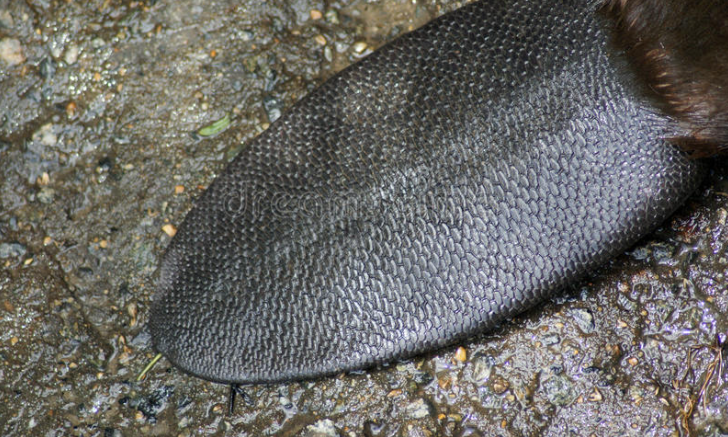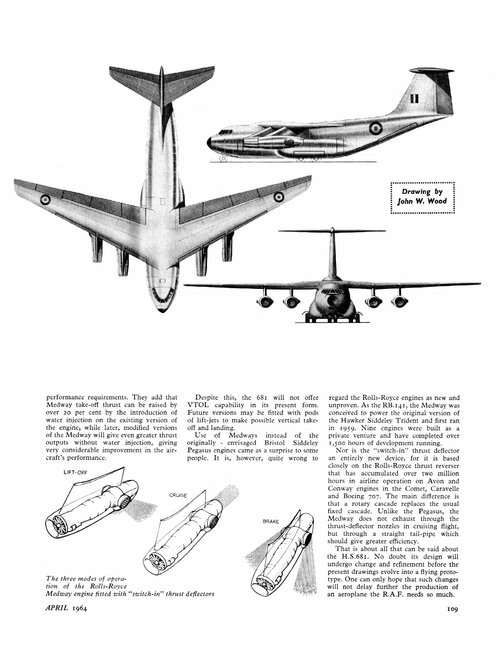- Joined
- 11 March 2012
- Messages
- 3,245
- Reaction score
- 3,172
Tks Jem: my approach to History, and especially to Why did they do that?, is to assume sanity - it seemed a good idea at the time - and to try to put myself in the boots of the mover and shaker. So, for example: why did USSR put IRBMs in Cuba, 1962? Well, take a globe and turn it so that Siberia is at the top. Now mark US/NATO nuke sites, such as Jupiter/Turkey. All then becomes clear. We, here (Euro-centric) can fall into the trap of believing the earth spins on a DC/London axis.
Yes!
The whole Cuban Missile Crisis actually started a year or two earlier when the USAF forward-positioned nuclear missiles in Spain and Turkey. After the CMC was over, the USAF quietly withdrew some of their missiles from Europe.




